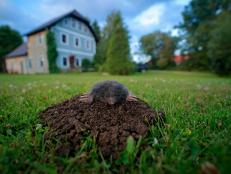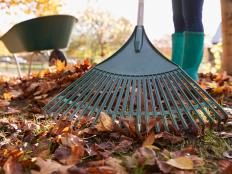Garden Invaders
Depending on where you live, one or more of these pests may influence your gardening, landscaping and/or outdoor activities:
Emerald Ash Borer
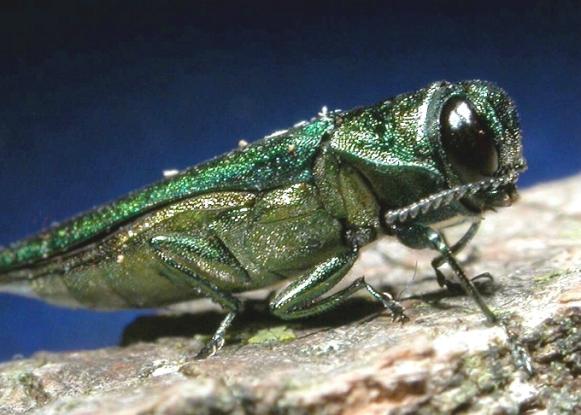
Before 2002, not many people had heard of the emerald ash borer, much less worried about it. Today after hitching a ride in some ash pallets, the 1/3- to 1/2-inch-long insect, which caused little trouble in its China and Japan, has decimated up to 10 million ash trees in the U.S. Michigan has been hit the hardest with isolated infestations popping up in Ohio, Indiana and Ontario. The level of threat has been compared to that of Dutch elm disease and chestnut blight, the agents of forest death in the 20th century. Federal, state and local agencies, entomologists and foresters, inspectors and enforcers have ganged up on the critter. In Michigan, signs along the roadway warn against carrying ash firewood out of state.
What you can do: If you're in an area where the emerald ash borer threatens, plant a tree that's not susceptible. If you want a shade tree, rather than ash, try these substitutes:
- Trident maple (Acer buergeranum), Zones (5b) 6-8a.
- Hedge maple (Acer campestre), Zones 5a-8b
- Red maple (Acer rubrum), Zones 3b-9a.
- Sugar maple (Acer saccarum), Zones 4-8.
- American hornbeam (Carpinus caroliniana), Zones 3b-9a.
- Katsura tree (Cercidiphyllum japonicum), Zones 5a-9a.
- Yellowwood (Cladrastis kentukea), Zones 4b-8a.
- Amur corktree (Phellodendron amurense), Zones 3b-7.
- Chinkapin oak (Quercus muehlenbergii), Zones 5a-9a.
- Northern pin oak (Quercus ellipsoidalis), Zones 4-6.
Sudden Oak Death

In Oregon and many other states, inspectors are scrutinizing certain problematic foliage up close to make sure that Phytophthora ramorum isn't the culprit. The fungus-like pathogen is blamed for what has been called "sudden oak death," a disease which has killed tens of thousands of oak trees in California and Oregon. The term is a bit deceptive — the progress to death is not necessarily sudden, and more than oak trees are affected. The worst part: many commercially desirable plants such as rhododendrons and camellias are carriers; they don't usually die from the disease, unless the infection is profound, but they do play host.
What you can do: Federal and state agencies are working hard to prevent the spread of the disease. Shop at nurseries you trust.
Gypsy Moth
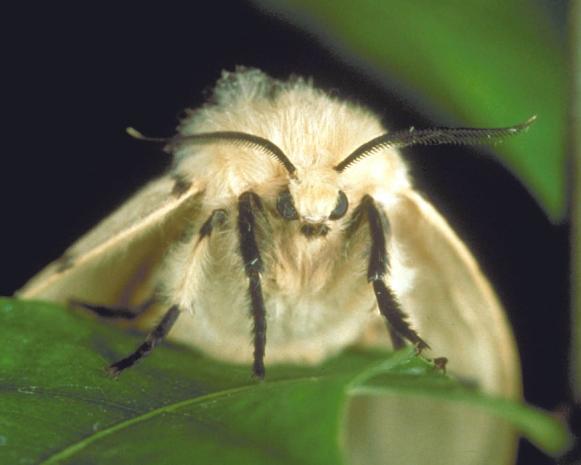
When their numbers are sufficient, gypsy moth (Lymantria dispar) caterpillars can be some of the most destructive tree pests in North America. Defoliating and often killing trees and shrubs, the caterpillars have been responsible for widespread forest destruction in the East. Threats from the caterpillars come in cycles, and outbreaks usually last for a few years, until they build up to such numbers that they actually starve themselves out. The Asian gypsy moth eats both deciduous trees and shrubs and conifers. The European gypsy moth usually sticks with deciduous trees and shrubs.
What you can do: For an organic control, use Bacillus thuringiensis kurstaki, the bacteriological treatment that's also used against mosquitoes. Btk is safe for people, pets, birds, wildlife, fish, bees and ladybugs. It's harmful to butterflies in their larval stages.
Fire Ant
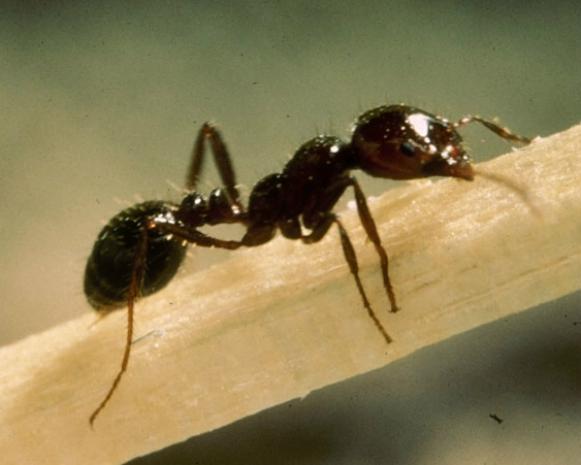
In Tennessee, an agricultural inspector warns a group of professional landscape designers and contractors that the red fire ant "may soon be coming to your neighborhood." The notorious ant, named for the intense pain of its sting, has spread farther north than previously predicted, and is edging into central Tennessee. Each ant usually stings several times, and victims typically get stung by many ants when a colony is disturbed. The ants are ground dwellers, creating dome-shaped mounds up to two feet across. There are usually no openings in the mound.
What you can do: Keep on the lookout for nests and avoid contact. Chemical control, using baits containing hydramethylnon, is effective. Call your local extension agent for advice on chemicals approved for direct application or soil drenches. If stung, wash the area with warm soapy water and apply antiseptic. Get medical help immediately for allergic reactions.
The Texas Department of Agriculture recommends a two-step approach: a broadcast application of a selected bait product containing spinosyns in the fall and again in the spring, if necessary, followed by direct treatment of individual mounds with a drench, only as needed. Read more about the Texas Two-Step (hus.parkingspa.com).
Asian Tiger Mosquito
Unlike the typical mosquito that does most of its feeding at dusk, the Asian tiger mosquito is a daytime biter — and an aggressive one at that. Believed to have entered the U.S. via shipments of used tires from Asia, it's also blamed in the transmission of dengue fever, yellow fever, dog heartworm, eastern equine encephalitis. A small mosquito (the adults are 1/8 inch long), it can be identified by its black-and-white striped abdomen and legs. Its most active period is between 10 am and 3 pm.
The mosquito was introduced in Texas in the 1980s and has spread as far north as Minnesota. The adults need high humidity, so the species is most concentrated in the eastern half of the country.
What you can do: Get rid of standing water no matter how little and anything in the yard that collects water — containers without drainage holes, old tires, cans, etc. Make sure that gutters are running freely. Change the water in bird baths every few days. Use Bacillus thuringiensis Berliner var. israelensis to kill larvae. Stock ponds with fish.
Resources:
www.Invasive.org
www.Invasivespecies.gov
Invaders Database System (invader.dbs.umt.edu)









